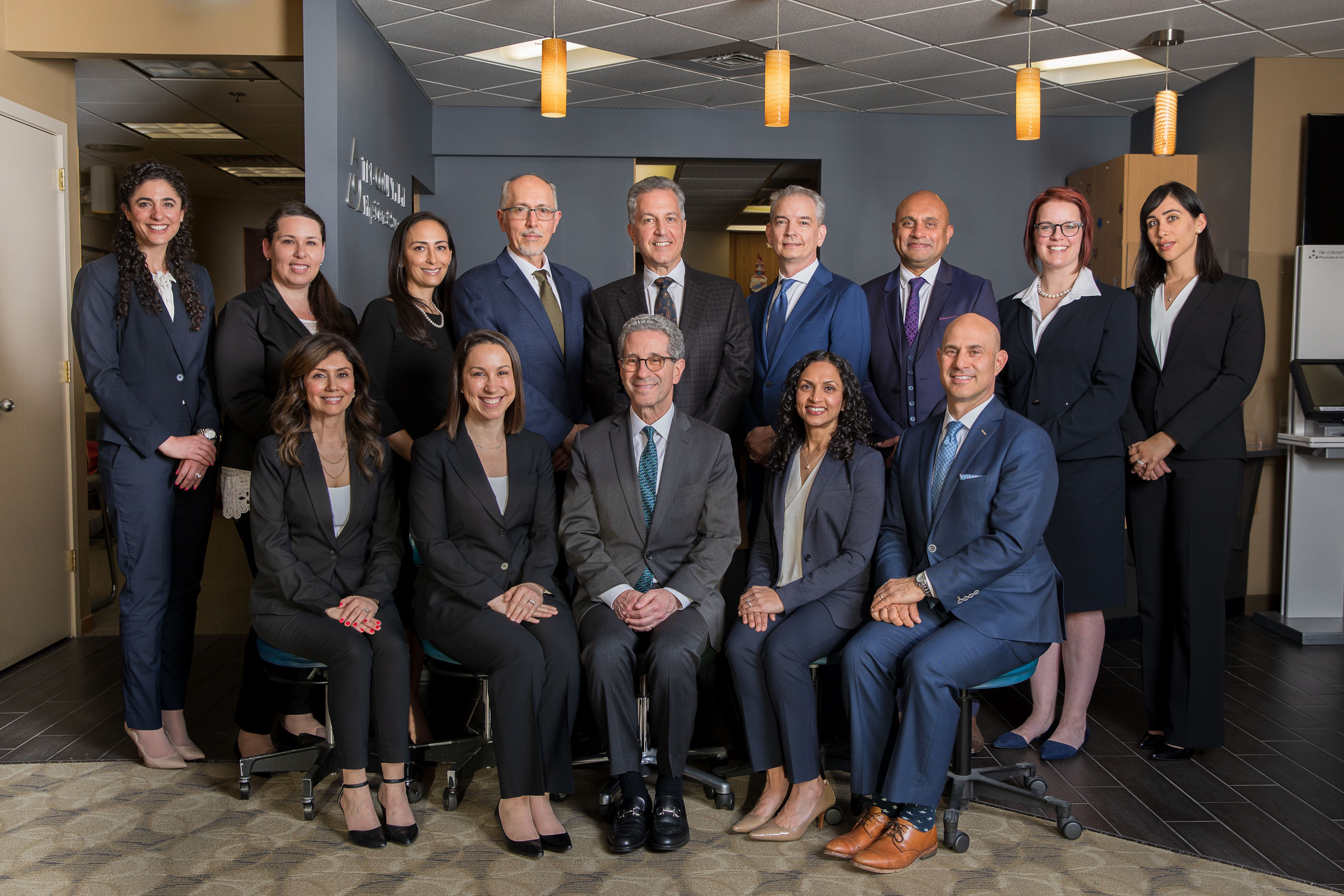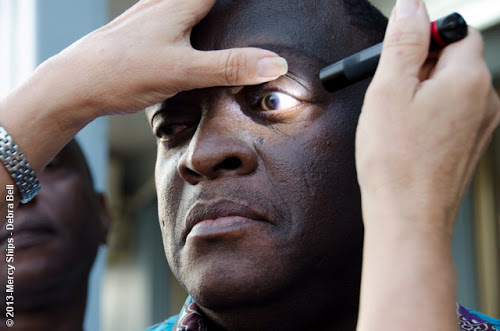Understanding the Different Vision Correction Procedures Available for Clearer View
In the world of vision modification treatments, a wide range of alternatives exist to attend to refractive mistakes and provide people with more clear sight. Allow's check out the intricacies of these procedures and shed light on the path to attaining enhanced vision clearness (Andalusia Pediatrics).
LASIK Surgery
LASIK surgical procedure is a typical refractive treatment utilized to fix vision troubles such as farsightedness, astigmatism, and nearsightedness. This surgical method, which stands for Laser-Assisted in Situ Keratomileusis, aims to improve the cornea to boost how light is concentrated on the retina, ultimately boosting vision quality.
One of the primary benefits of LASIK surgery is the quick enhancement in vision experienced by clients. Lots of people see a substantial improvement in their vision instantly after the treatment. Furthermore, a lot of clients report minimal pain and discomfort throughout the surgery and healing period. The recuperation time for LASIK is fairly quick, with many individuals returning to their day-to-day tasks within a day or more post-operation. On the whole, LASIK surgical treatment is a prominent option for people seeking a long-term remedy for their vision issues.
PRK Procedure

PRK is a suitable choice for people with slim corneas or those at a higher risk of eye injuries, as it does not involve creating a corneal flap. The healing procedure for PRK is slightly longer compared to LASIK, as the epithelium requires time to regenerate. Clients may experience pain and blurry vision for a few days adhering to the procedure.
Despite the longer recuperation time, PRK can produce superb lead to vision enhancement, making it a beneficial choice for those that may not be appropriate candidates for LASIK surgery. - Andalusia Pediatrics
Implantable Lenses
As opposed to PRK where the cornea is reshaped directly, implantable lenses use another method for fixing vision by putting synthetic lenses inside the eye. This treatment is particularly useful for people with high degrees of astigmatism, farsightedness, or nearsightedness that may not be suitable candidates for laser surgeries like LASIK or PRK.
Implantable lenses, likewise known as phakic intraocular lenses, job by supplementing the eye's all-natural lens with a fabricated one. These lenses can be put before the all-natural lens (former chamber) or behind the iris and before the natural lens (posterior chamber) By changing the power and positioning of these lenses, ophthalmologists can effectively remedy refractive mistakes and enhance visual skill.
One benefit of implantable lenses is that they are detachable and exchangeable, offering adaptability for future modifications. However, similar to any type of procedure, there are risks involved, such as infection or cataract formation. Patients taking into consideration implantable lenses should consult with an eye care expert to figure out the most ideal alternative based on their individual requirements and eye health and wellness.
Corneal Rings

The treatment for putting corneal rings is minimally invasive and fairly fast, commonly executed as an outpatient procedure. Throughout the surgical treatment, the ophthalmologist makes a little laceration in the cornea and inserts the rings at a particular depth. Once in area, the rings aid to reshape the cornea, providing a smoother surface area for light to enter the eye, which can result in more clear vision.
Corneal rings are thought about a relatively easy to fix procedure, as they can be eliminated or replaced if required. While they may not completely eliminate the demand for glasses find out or get in touch with lenses, corneal rings can considerably boost vision high quality and general aesthetic comfort for individuals with keratoconus or various other corneal irregularities.
Refractive Lens Exchange
Complying with the correction of corneal abnormalities with treatments like corneal rings, one more vision improvement method that can resolve refractive errors is Refractive Lens Exchange (RLE) RLE is a medical procedure that involves replacing the eye's all-natural lens with a synthetic intraocular lens (IOL) to remedy refractive mistakes such as nearsightedness, presbyopia, and farsightedness. This procedure is particularly beneficial for individuals who might not be ideal prospects for treatments like LASIK or PRK due to aspects such as slim corneas or high refractive errors.
Recuperation time for RLE is reasonably fast, and individuals can anticipate enhanced vision quickly after the treatment. As with any kind of medical treatment, possible dangers and issues exist, so a complete assessment with an eye care specialist is vital to establish if RLE is the best vision improvement option.
Conclusion

In the world of vision modification treatments, a multitude of alternatives exist to resolve refractive errors and provide individuals with clearer sight.LASIK surgical procedure is a common refractive procedure used to fix vision problems such as nearsightedness, astigmatism, and farsightedness.While likewise a typical refractive procedure, the PRK (Photorefractive Keratectomy) method varies from LASIK surgical treatment in its strategy to dealing with vision issues.Adhering to Full Report the adjustment of corneal abnormalities with procedures like corneal rings, one more vision modification strategy that can address refractive mistakes is Refractive you can check here Lens Exchange (RLE) LASIK surgery, PRK procedure, implantable lenses, corneal rings, and refractive lens exchange are all choices that can deal with different vision concerns.